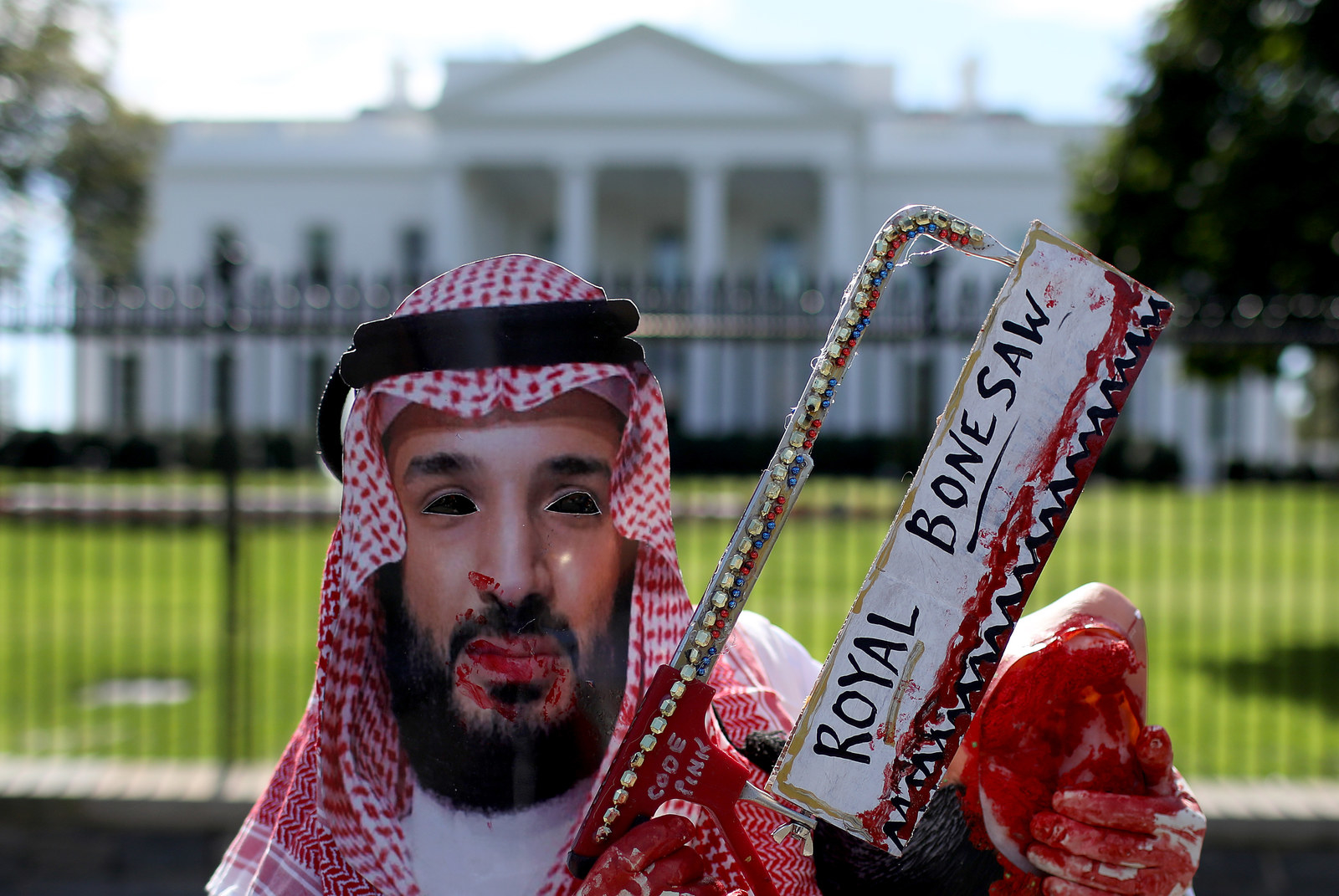

Though Israel has recorded the highest percent jump in its arms imports (around 354%) in the last decade it is still not among the first ten importers. Today, Saudi Arabia has even replaced India as the leading global arms importer, while Egypt, the United Arab Emirates (UAE) and Iraq are among the top 10 global importers. Oman spends more than 12% of its GDP on defense and Saudi Arabia more than 10%. The Persian Gulf countries (excluding Iran) spend the highest percentage of their GDP in defense. Israel has registered the highest percent of increase in the arms imports whereas Iraq, Egypt and Qatar have doubled it. Most of the other countries in the region have seen massive rise in arms imports in the same period.

Saudi Arabia alone accounts for 12% of global arms imports and has seen almost 200% increase in arms imports since 2014. In 2009-13 it was 22%.Īrms Control Association quotes Stockholm International Peace Research Institute (SIPRI) according to which “Middle Eastern countries increased weapons purchases by 87 percent” between. The entire Middle East bought 35% of the world’s total arms sold in 2014-18. Asia and Oceania, home of more than half of world’s population buys around 40% of weapons sold in the world market. It is also the fastest growing market for arms and ammunition in the world. The region as a whole is the second largest buyer of arms and ammunition in the world after Asia and Oceania. The Middle East or West Asia, which we will define as the countries from Iran to Egypt and from Turkey to Yemen, is home to around 500 million people roughly 6.5% of the world’s entire population. The conflicts serve various imperialist objectives including the profitable trade in arms. The continuity of war in the region is a result of successive imperialist interventions. It is unsurprising that a region that is a global supplier of energy resources, with the largest proven reserves, has remained a theater of war and conflict for much of its modern history. No region presents a better example of this than the Middle East. Threats, real or conjectured, legitimize concerns of security which create the possibilities for arms trade. Wars are profitable ventures for capitalism. Imperialist world politics revolve around two axes trade and war.


 0 kommentar(er)
0 kommentar(er)
